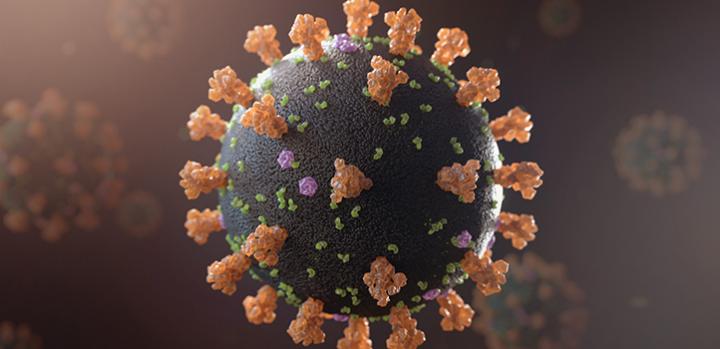Viruses evolve and adapt. New research shows Sarbecoviruses they have been hitting us with disease for over 20,000 years.
For viruses to live, they must evolve fast while remaining highly adapted to their hosts - this imposes severe restrictions on their freedom to accumulate mutations without reducing their fitness and causes the apparent rate of evolution of viruses to slow down over time. The new work successfully recreates the patterns of this observed rate decay in viruses.

"We developed a new method that can recover the age of viruses over longer timescales and correct for a kind of ‘evolutionary relativity, where the apparent rate of evolution depends on the timescale of measurement. Our estimate based on viral sequence data, of more than 21,000 years ago, is in remarkable concordance with a recent analysis on human genomic dataset that suggests infection with an ancient coronavirus around the same time." said co-author Mahan Ghafari from Oxford University.
The study also demonstrates that while existing evolutionary models have often failed to measure the divergence between virus species over periods - from a few hundred to a few thousands of years - the evolutionary framework developed in this study will enable the reliable estimation of virus divergence across vast timescales, potentially over the entire course of animal and plant evolution.
The new model enables them to not only reconstruct the evolutionary history of viruses related to SARS-CoV-2, but also a much wider range of RNA and DNA viruses during more remote periods in the past.
The model predictions for hepatitis C virus - a leading global cause of liver disease - are consistent with the idea that it has circulated for nearly a half a million years. HCV may thus have spread worldwide as an intrinsic part of the “Out-of-Africa” migration of modern humans around 150,000 years ago.
The different genotypes of HCV indigenous to human populations in South and South-East Asia and Central Africa may have originated over this prolonged period and this revised timescale may resolve the longstanding riddle of their global distributions.





Comments